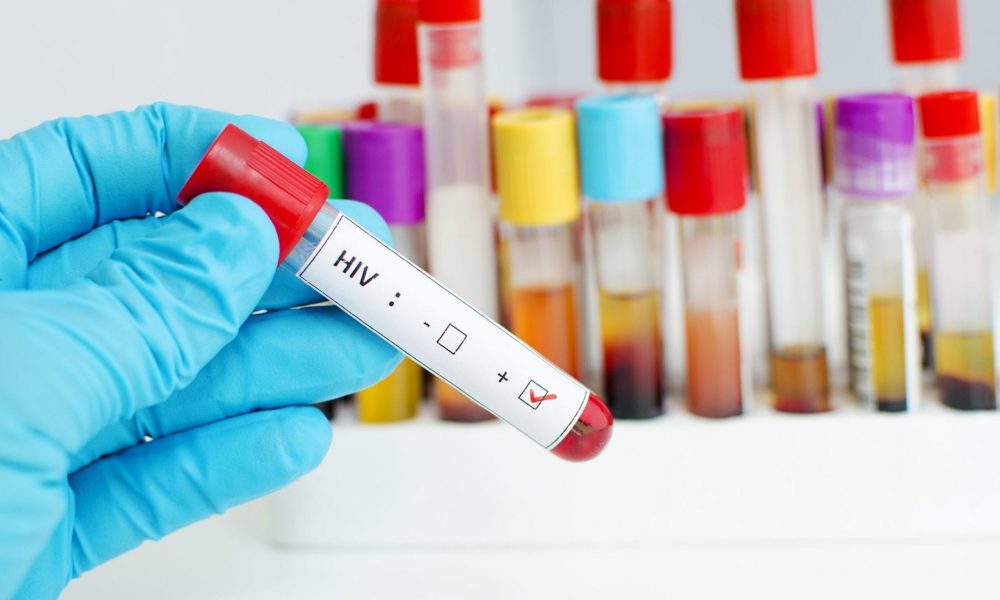
This combination drug can reduce the chances of HIV in high-risk groups in India
 A study published in the journal ‘Clinical Infectious Diseases’ suggests combination drug, Pre-exposure prophylaxis (PrEP) can reduce the chance of HIV acquisition in high-risk groups by over 85 per cent.
A study published in the journal ‘Clinical Infectious Diseases’ suggests combination drug, Pre-exposure prophylaxis (PrEP) can reduce the chance of HIV acquisition in high-risk groups by over 85 per cent.
According to the study, making PrEP available to men who have sex with men (MSM) and people who inject drugs (PWID) in India may be a cost-effective way of controlling the epidemic in the country. PrEP should be taken consistently once a day.
Using a microsimulation model, the authors have examined various prevention and testing programs – including annual or biannual HIV testing alone, as well as PrEP paired with HIV testing – that could help reduce HIV infection and therefore improve survival for these high-risk groups to project clinical and economic outcomes.
The results of the study suggested that PrEP would increase survival substantially by reducing infection risk, while more frequent HIV testing would provide little additional benefit.
The results have shown that HIV testing alone increased life expectancy by 0.07-0.30 years in MSM; PrEP added ~0.90 life-years to status quo. Results were similar in PWID. PrEP with 6-month testing was cost-effective for both MSM and PWID and reduced lifetime HIV risk. Results were most sensitive to HIV incidence.
PrEP paired with biannual HIV testing was the only cost-effective strategy, improving average per-person survival by nearly one year and preventing more than 270,000 HIV transmissions in India over 15 years.
“While the World Health Organization recommends quarterly HIV testing for those on PrEP, our analysis identifies PrEP with semi-annual testing as the cost-effective HIV prevention strategy for MSM and PWID in India,” said, co-author Nagalingeswaran Kumarasamy, CART Clinical Research Site, Infectious Diseases Medical Centre, Voluntary Health Services in Chennai, India.
But the nationwide rollout of PrEP would be too costly, according to the authors. If nearly 60 per cent of MSM and PWID across India participated in the programme, it would increase HIV care expenditures by over 900 million dollars over a 5-year period. Hence, the findings suggest targeting the geographic areas of highest HIV incidence first to reduce the budget required.
Source: Economic Times Health
https://academic.oup.com/cid/advance-article-abstract/doi/10.1093/cid/ciz249/5421707?redirectedFrom=fulltext